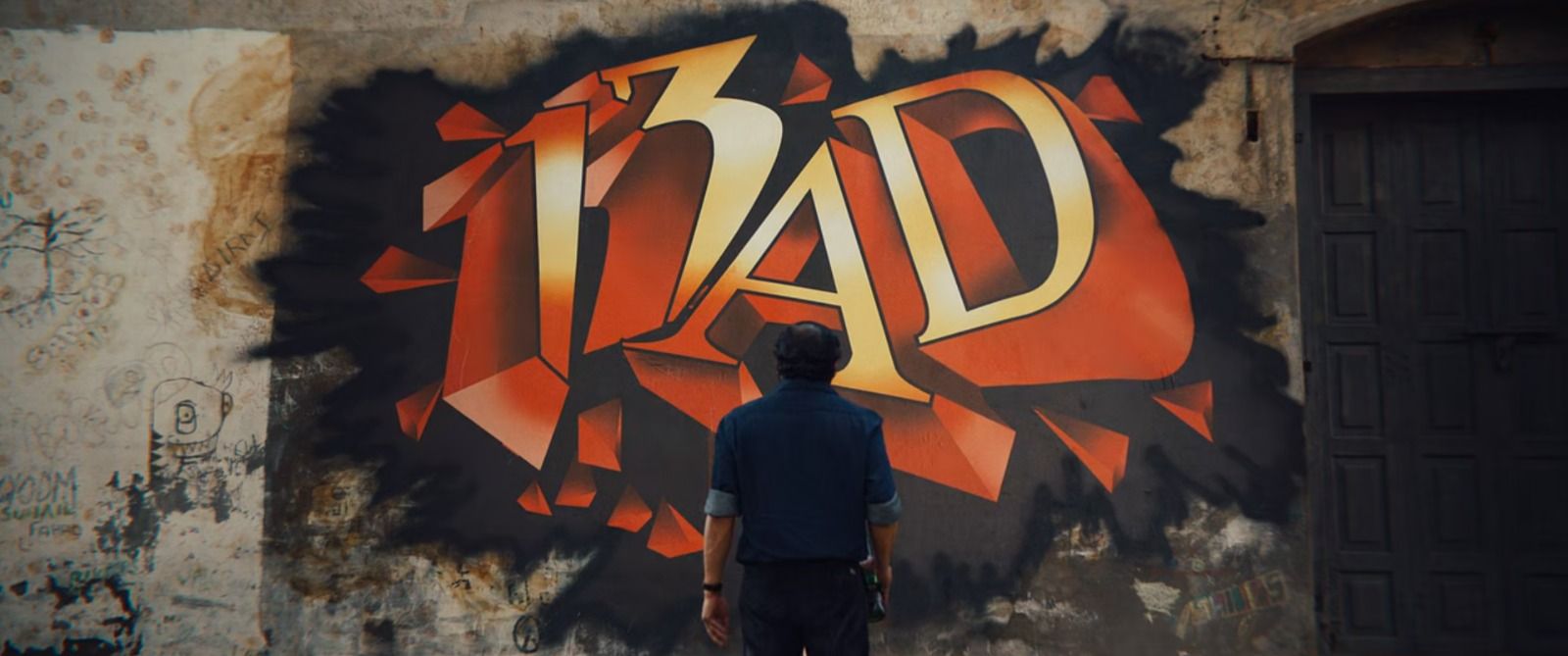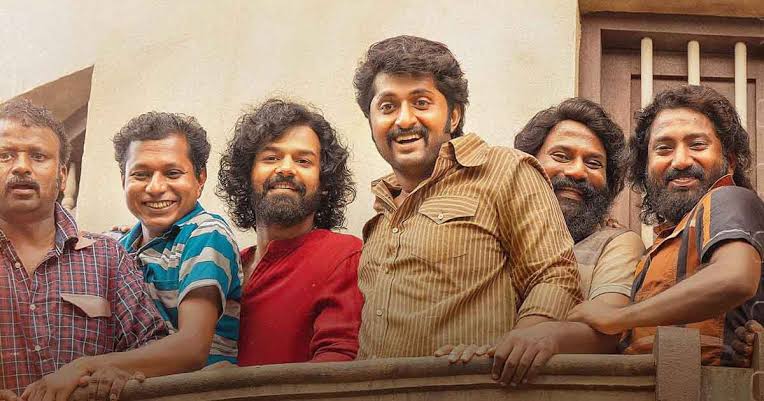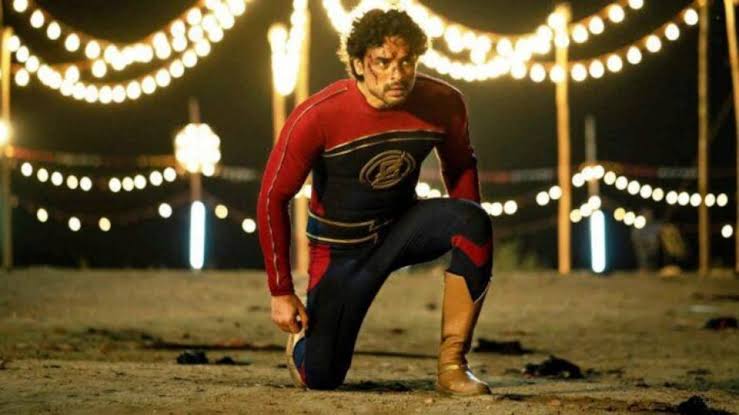As a community, Keralites have time and again displayed their intense penchant for nostalgia. Almost all Malayalis never miss a chance to boast their nostalgic affinity to a number of “Mallu” things, starting from coconut oil to typical Malayali dishes and myriad fragrances of the land, and of course, music, photographs and cinema. A recent notable streak in the Malayalam cinema industry – often referred to as Mollywood – is that of the serial successes achieved by many movies with an inextricable link to a unique “Mallu nostalgia”. Here, ardent movie watcher Haseeb Roshan PM takes a closer look at this string of ‘Nostalgia Movies’ and explores the larger pattern inherent in them.
According to American Literary Critic Frederic Jameson, Nostalgia Films extensively depict the past with emphasis on the popular culture of the gone days without bothering about the contradictions and without a dialectical understanding of how history runs in complexities. I do not intend to delve into the theoretical conundrums of Jameson’s idea of Nostalgia Films, but just to look at some of the new nostalgia movies in Malayalam and explore how movies from the past themselves have become objects of nostalgia.

Past is the New Present
Manjummel Boys, (2024), based on a true incident from 2006 became the biggest grosser of all time in Malayalam. The film begins with a retro Kamal Haasan song Kanmani Anbodu song from the movie Guna (1991), which has metaphorical and aesthetical significance in the film. The gang depicted in the very title of the movie, is initially seen at a wedding function with distinguishable mise-en-scène of marriage receptions nearly a decade and a half ago, complete with a cinematic dance troupe, which used to be a lively pop space in Cochin during those days.

Cinema comes up as a nostalgic prop in Bheeshma Parvam (2022) too. The movie,set in the late 1980s shows a poster of Aadya Paapam, an infamous 1988 B-grade movie in the opening scene. The opening credits set the tone of the film’s period, with photographs and newspaper cuttings. The detailing in terms of the costumes and the vintage vehicles used up in the movie cannot be missed. Romancham, set in 2007 has its production designed minimally and convincingly in order to engage the audience with the characters, which would have had lesser probabilities if the same horror comedy had the backdrop of our times.

Vineeth Sreenivasan, the young Director with a number of popular films to his credit, has also followed the trip down memory lane in his latest outing Varshangalkku Shesham (2024). The movie can be termed as a “all hearts movie” pinned on the reminiscences about the Madras phase of Malayalam Cinema and the happenings in the serene village of 1970s’ Northern Kerala.

There are many more recent examples of overwhelming nostalgia in Malayalam movies. Films that have pursued this line effectively and efficiently include Minnal Murali, RDX, Saudi Vellakka, Kaduva, Journey of Love 18+, Christy, Oru Thekkan Thaallu Case, and King of Kotha. There are also other films that garnered attention with their periodical setting such as Bramayugam and Malai Kottai Valiban which is set further back in time.
Many of these movies have historical undertones too. However, this article would seek to focus on movies the current filmgoing public can relate to at a nostalgic and emotional level, not at an historical level. The manner in which these nostalgia movies have become persuasive for the audience is undoubtedly a prominent streak in the current phase of the industry.
Generational Appeal and the Reasons for the Sudden Surge
The style in which these films appeal to different age categories is indeed diverse. Crafted mostly by directors who belong to the “Millennial Cohort”, the films are seen to be more compatible with the viewing tastes of this segment of youth, while the Gen Z audience are mostly seen to be entering the plot with viewer perceptions that comprise of a mixture of experienced and imagined ideas of the period. The Gen Alpha are, by and large, completely alien to the setting of these movies and they seem to be warming up to the themes and narrative only through the rhetoric of their preceding groups and the contents consumed by them virtually. The Generation X, which primarily consists of the elders of the families and the elderly among the intelligentsia, do not actively identify with the themes or narration of these movies but are not averse to the commercial pull of these movies.

Although the initial sparks of this stream of films can be traced back to movies that came out in the previous decade such as Venicile Vyapari, Amen, Ohm Shanthi Oshaana,1983, Premam, Kohinoor and Kunjiramayanam, the genre came to its fruition in the post pandemic period. Venicile Vyapari, a mammootty flick and Amen, a Lijo Jose Peillissery film were both set in villages surrounded by backwaters and had comic characters from the 1980s milieu. While Nazriya Nazim starrer Ohm Shanthi Oshana had a teenage girl falling in love with a man pursuing an off-beat lifestyle in the late 1990s, the movie 1983 had portrayed the nostalgic fever for cricket in rural Kerala from the 1980s. Premam, directed by Alphonse Puthren had shown the life of George, the lead character, who had nostalgic references to the past while Kohinoor, a heist comedy set in 1988, marked a fresh experiment in Mollywood.

Kunjiramayanam was and is still popular among cinephiles for its witty humour in the background of ‘Desam’, a hamlet, which can be termed as a region wearing its nostalgic attire rather predominantly. Basil Joseph, the director of this movie became a trailblazer of Malayalam nostalgia movies with his third film, ‘Minnal Murali’.

Starring Tovino Thomas as a local super hero, the big budget movie depicted the protagonist’s adventures in the village of “Kurukkanmoola” (literally Foxes Corner) with an ensemble cast of comic characters. The film that got Pan-Indian attention after its Netflix release had subtle references to pop culture throughout the narrative. This attribute of the movie instantly connected with the audience and set the ground for more nostalgia movies.
The manner in which the audience engaged with these dramas and the audience psychology that triggered it have few precedents in the history of Malayalam cinema. Earlier, the immediate past was occasionally featured in films mostly for flashbacks with very minimal screen space. Often, it was used to establish the motive of a killer in whodunnit genre or to suggest the backstory of larger-than-life heroes.
The shift from there to movies set in past as a whole will have to be explained employing diverse factors, which include the renovated taste of audiences after the Covid pandemic and the demand for more versatile content in new narrative forms. As a rule, these films subconsciously surpass the visible and have a complex layer of relatability to an engaging viewer, while etching and reliving the immediate past that nurtures an emotional connection to the plot and the characters. Aesthetically, the designing of the movie as well as its dialogues are also complex and trigger immediate reminiscences in the largely millennial audience.

The runaway success of dubbed versions of “Pushpa: The Rise” and “KGF” franchise in Kerala can be further seen as testimony of the present viewer appetite for nostalgia movies. Even though a layer of nostalgia was evident in films like Kumbalangi Nights, Jallikkettu, Idukki Gold, Sudani from Nigeria, and Maheshinte Prathikaram- essentially for their rich portrayal of a diminishing rural life at a time of inflation of urban life in the Malayalam movie world – the trend became more palpable in the post-pandemic phase.
Will This Stay Or Wither Away?
The world built by these films not only mimics the then and now with some authenticity but that world also reflects a synthesis of the aspiring aesthetical standards of industry, bringing together old idioms with new. Filmmakers keep pushing the narratives of the nostalgic past with minimal budget, but at the same time use available new technology in storytelling. This marks a determining phase for the form of formalist films.
Whether it is the use of an old wedding song immensely popular in the Malabar region in Sulaikha Manzil or the constant reiteration of comparison about the vintage and contemporary Mohanlal, this period is agile with nostalgic references both inside and outside theatres. Except for the occasional big budget period dramas and literary adaptations of which Aadujeevitham is the recent example, Mollywood had very less films that were completely or for the large part set in a distant or near past.

Now, this June, with the arrival of Gaganachari, a dystopian comedy starring Anarkali Marikkar, the industry has also opened probabilities for a new genre of films set in the future.
Thus, it remains to be seen in what direction this nostalgic phase will proceed as the industry has constantly shifted its core focus to different genres off and on so far in this millennium. There was a time when tons of films were manufactured aiming primarily at Satellite rights with larger-than-life heroes influenced by the Mass Masala format of Tamil cinema of the 2000s. A paradigm shift came in the second decade when realistic movies began to be popular in the mainstream. These films eventually got the ‘Prakrithi’ (Nature) tag.
But, after the OTT boom and COVID-19, the yearning for more formalist commercial movies with a renewed look and humour has started with the success of films such as Thallumala, Bheeshma Parvam, Manjummel Boys, and Premalu. As it is already proved that the audience is enjoying and relating to the reproduction of the past on the screen with these films, we may not witness the withering away of this genre in the near future.








